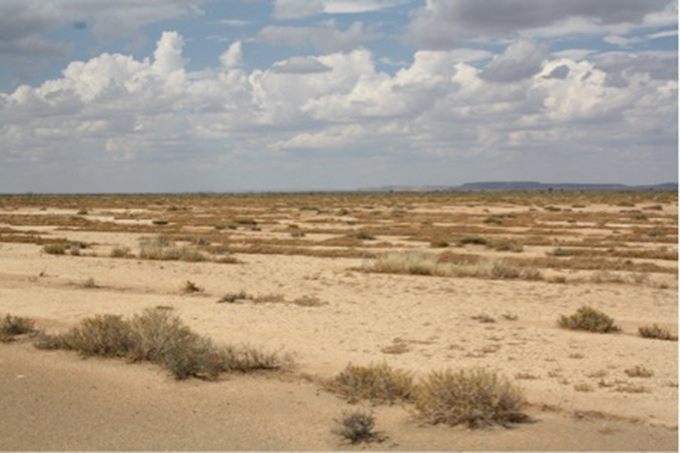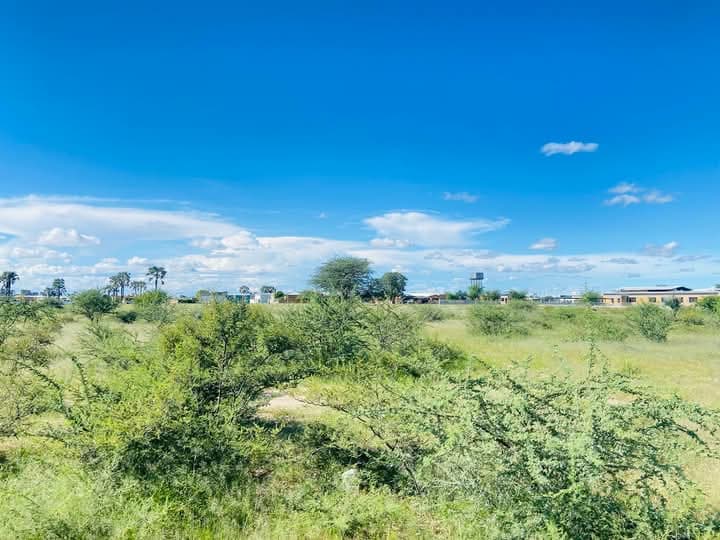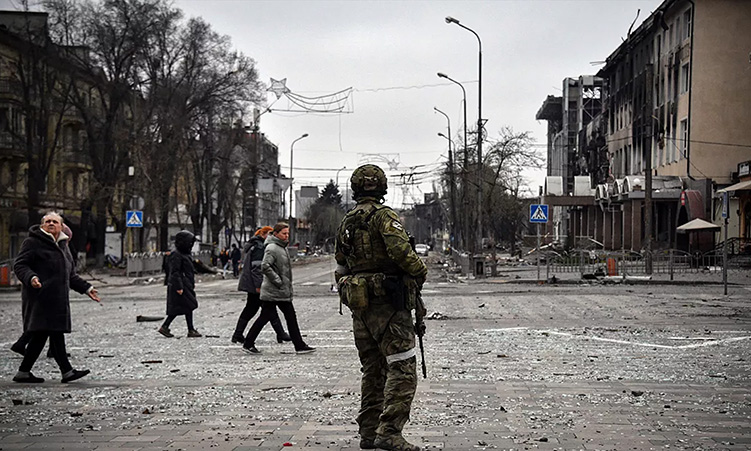The enduring effects of the drought remain evident in the livestock industry.
This is according to the Livestock and Livestock Products Board, which says the livestock sector has been severely impacted, leaving it with limited market-ready animals to supply across various marketing channels.
“This has led to contractions across all sectors, with the exception of the pig sector which recorded growth during February 2025.
“Livestock prices on the other hand soared as limited supply of animals drove up shortages,” says Fransina Angula, the trade and strategic marketing statistician at the board.
In a report released yesterday, Angula said last year’s drought posed immense challenges for farmers, necessitating increased cattle marketing in response to the harsh environmental conditions.
Consequently, farmers experienced significant herd reductions, leaving them with minimal market-ready livestock during the current year.
Year-to-date marketing during the first two months of 2025 totaled 25 386 animals, representing a sharp decrease of 58.4% compared to the 53 663 animals marketed in the same period of 2024.
Year on year (y/y), February 2025 saw 12 679 animals marketed, a substantial drop from the 30 497 animals marketed in February 2024.
“Live exports, the largest segment, experienced a steep decline of 79.1%. Similarly, domestic abattoirs recorded a decrease, with throughput dropping by 30.4%. While slaughtering at domestic abattoirs has been affected by the overall industry contraction, the impact has been less severe than that on live exports,” Angula said.
Angula said export-approved abattoirs demonstrated resilience, achieving growth of 4.3% during this time, potentially driven by targeted procurement strategies.
The goat sector recorded a decline of 13.8% during February 2025.
Angula said a total of 6 778 goats were marketed during February 2025 relative to 7 861 goats marketed during 2024, bringing year to date marketing to 11 293 heads.
“The contraction is owed to a drop in the availability of marketable animals across all marketing channels during the period under review. Additionally, lamb auction prices averaged N$42.31/kg and N$38.14/kg during the first two months of the year, respectively,” Angula said.
Meanwhile, year-to-date total marketing of pigs stood at 8 192 pigs relative to 8 154 pigs marketed during the same period in 2024.
“Year on year, 3 965 pigs were marketed during February 2025, 3.1% higher than what was marketed during the same period in 2024,” Angula said.
The decline in sheep marketing during February 2025 was largely driven by a shortage of market-ready animals within the sector, Angula said.
Slaughter activities saw a significant reduction at both export-approved and local abattoirs which dropped by 74.8% and 9.4%, respectively, while live exports decreased by 49.6%.
Furthermore, the sector, which encompasess milk and dairy products, imported a total of 844 472 litres of milk and 1 374 146kg of various dairy products from South Africa, European Union countries, the United Kingdom and Seychelles.
“The livestock and livestock products sector in general posted a negative performance in terms of output which saw producer prices rising.
The current trend is mainly driven by a shortage of animals after drought while the advent of good rainfall supports efforts to rebuild stock,” Angula said.
Stay informed with The Namibian – your source for credible journalism. Get in-depth reporting and opinions for
only N$85 a month. Invest in journalism, invest in democracy –
Subscribe Now!










